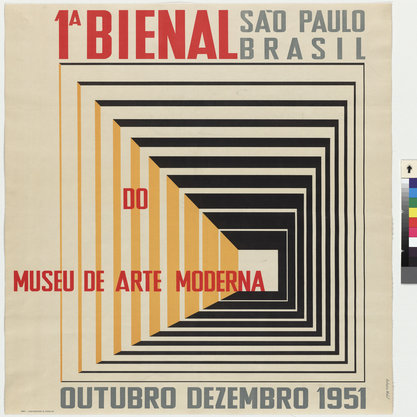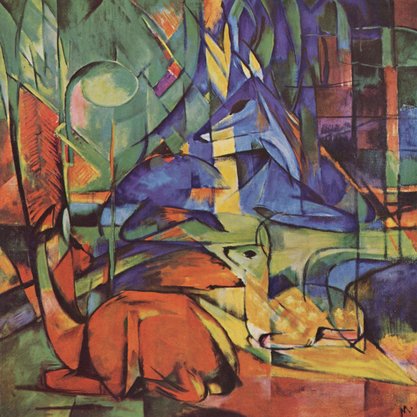Article
Vigo, Abraham (1893–1957) By Dosio, Patricia Andrea
Article
Abraham Regino Vigo was one of the most talent artists of the first avant-garde in Buenos Aires. He was born in Montevideo, Uruguay, but at the age of 12 started working with his father, a painter and decorator, in Buenos Aires. He studied painting in the Sociedad Estímulo de Bellas Artes like his father. During his career, Vigo exhibited individually and with a socially compromised group of artists, receiving several awards and prizes. Due to health problems, in 1939 he settled in Mendoza and a year later, became an Argentine citizen and, as member of the Communist Party, announced his candidacy in provincial deputy race. When Vigo returned to Buenos Aires, he worked mostly as engraver. His articulation between artistic practice and political militancy represented a modernist feature in local art. More than any other medium, Vigo employed graphic techniques, such as woodcuts, etching, and drawing. Most of his works were illustrations in magazines, newspapers, and low price book editions. Engraving enables the circulation of the images not only in the context of written word but also among popular audience. Vigo’s aimed at a clear image, reproducible, easy to read by workers and separated from the traditional art market.


